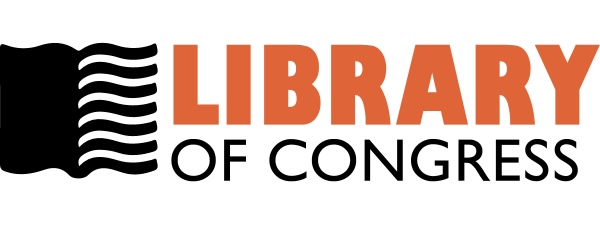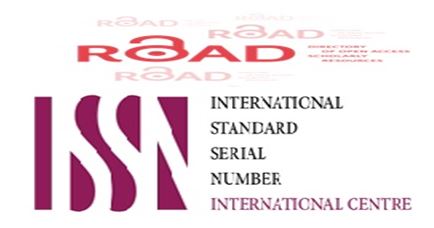Sixty-four multi-slice cerebral CT angiographic findings in early non-traumatic subarachnoid hemorrhage
DOI:
https://doi.org/10.32007/jfacmedbagdad.562456Keywords:
subarachnoid hemorrhage, aneurysm, CT angiographyAbstract
Background: spontaneous subarachnoid hemorrhage (SAH) is subtype of hemorrhagic stroke with extremely poor prognosis. It’s a medical emergency and can lead to death or severe disability even when recognized and treated at an early stage. Computed tomographic angiography (CTA) is frequently become the initial step in detecting intracranial aneurysms and planning therapeutic interventions.
Objectives: to analyze the findings of non traumatic SAH in cerebral CTA and characterization of the underlying causes, emphasizing the importance of CTA as a new advent investigation in Iraq.
J Fac Med Baghdad
2014; Vol.56, No .2
Received Mar .2014
Accepted May. 2014
Patients and methods: This cross sectional study performed on 62 patients with non-traumatic SAH who underwent CTA in Baghdad Teaching Hospital at medical city-Baghdad from August 2012–August 2013 of patients with highly clinical suspicion of SAH or those who were diagnosed by native computed tomography (CT) or magnetic resonance imaging (MRI), the sample of the study was consist of 37 males and 25 females, age of patients ranged from 1-70 years; all patients examined by CTA using 64 multi-slice CT.
Results: From 62 patients in our study, 10 patients have negative finding, 38 have aneurysm, 7 have AVM, 5 have cavernoma and 2 patients have venous angioma. 81.6 % of the aneurysms were saccular and 18.4% were fusiform in shape and mostly (89.5%) supratentorial in location and 10.5% infratentorially, which is single in 84.2% and more than one in 15.8% of patients. The most frequent types of arteriovenous malformation (AVM) were parenchymal (71.4%), from which the size 3-6 cm was most frequent (60%), while the Dural AVM identified in 28.6% of patients; from which, the size 3 cm most frequent size (66.6%) and no cases reported with mixed types.
Conclusion: CTA can provide rapid, minimally-invasive evaluation of broad spectrum of cerebrovascular disorders and CTA adequate for detecting aneurysms in symptomatic SAH patients especially when conjoined with native CT, also CTA is helpful in intervention planning.
Downloads
Downloads
Published
Issue
Section
License
For all articles published in Journal of the Faculty of Medicine Baghdad, copyright is retained by the authors. Articles are licensed under an open access Creative Commons CC BY NC 4.0 license, meaning that anyone may download and read the paper for free. In addition, the article may be reused and quoted provided that the original published version is cited. These conditions allow for maximum use and exposure of the work, while ensuring that the authors receive proper rights.




















 Creative Commons Attribution 4.0 International license..
Creative Commons Attribution 4.0 International license..


